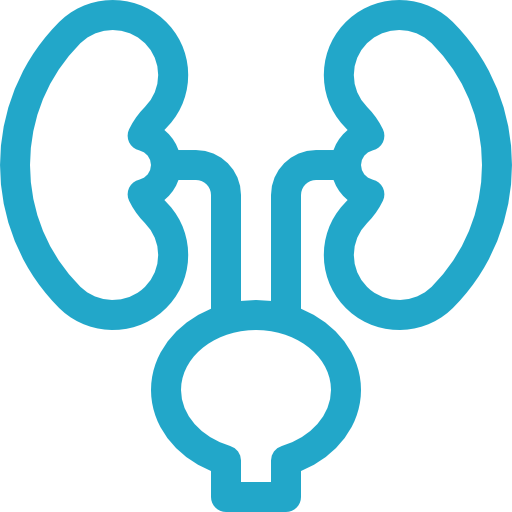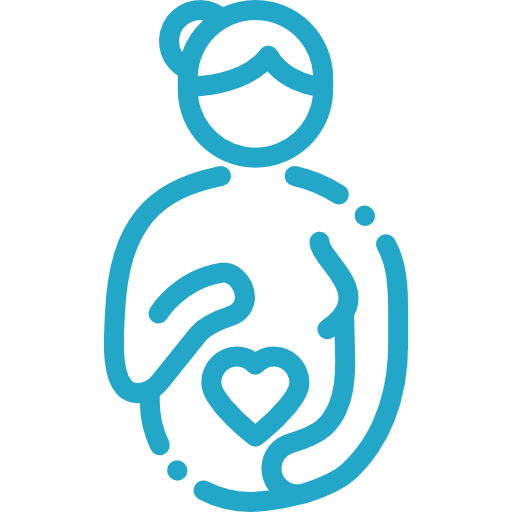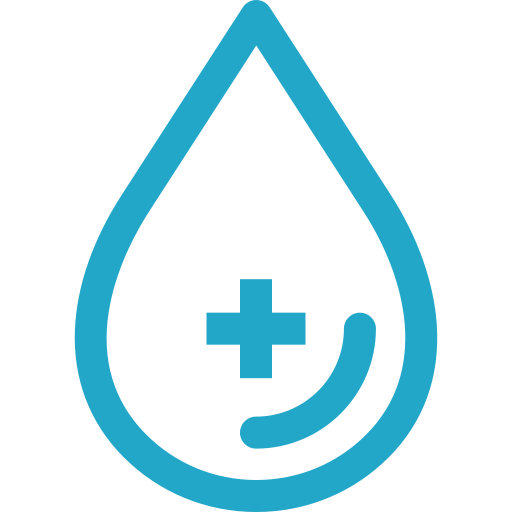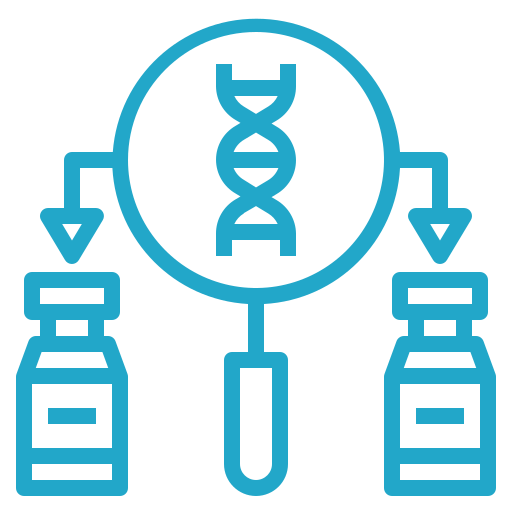Complications in pregnancy affect 5 to 10% of women and can not only threaten the life or health of the mother and her child, but also cause irreversible changes in their metabolism and cardiovascular and cerebrovascular systems. However, current methods can only predict them with very limited success, based on the mother’s medical history, i.e., diseases occurring in the family, ultrasound and biochemical examination. Undetected and unmanaged changes can then manifest themselves years later in the form of heart attack, stroke, intellectual disability, diabetes, or metabolic disorders, so early prediction is the key to their successful management or even prevention.
Detection of a specific set of biomarkers from maternal blood allows to predict serious pregnancy complications, such as pre-eclampsia, gestational hypertension or even premature birth, with a high success rate already in the first trimester. The new solution has great potential to eventually replace existing invasive methods of prenatal diagnosis and revolutionise prenatal care.
The new method of prenatal diagnosis, developed by a research team at the 3rd Medical Faculty of Charles University, works on the principle of analysing a few millilitres of the mother’s venous blood taken during screening between 10 and 13 weeks of pregnancy.
The development of the method was preceded by examinations, sophisticated analyses and statistical evaluation of blood samples from thousands of mothers after pregnancy complications and their children. By monitoring a specific set of biomarkers in a sample, it is possible to predict with a high degree of success whether pregnant women are at increased risk of dangerous circulatory-related complications.
The prediction methods for each pregnancy complication are patented, owned, and being further developed into clinical solutions by GeneSpector Innovations, an R&D spin-off company of Charles University focused on further development and clinical application of promising academic technologies in the field of laboratory diagnostics and therapy.
January 18, 2023, written by Lenka Piherová










